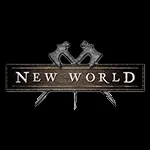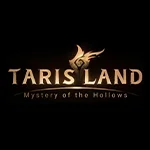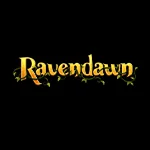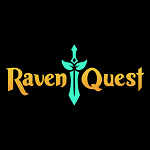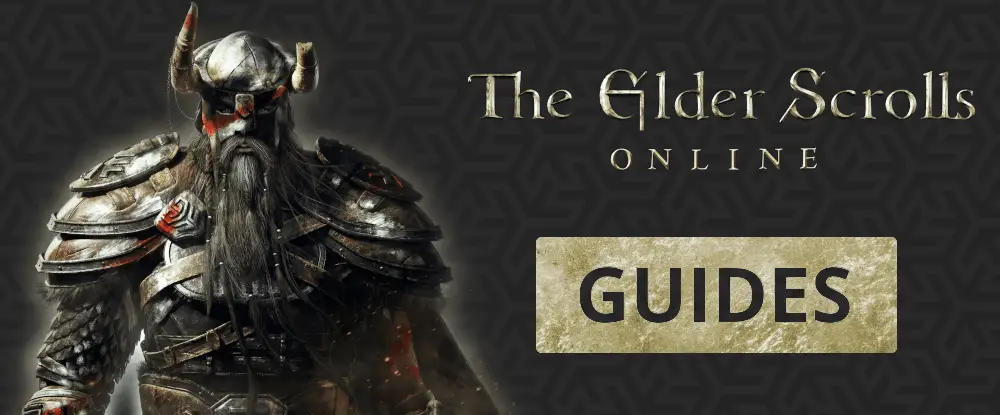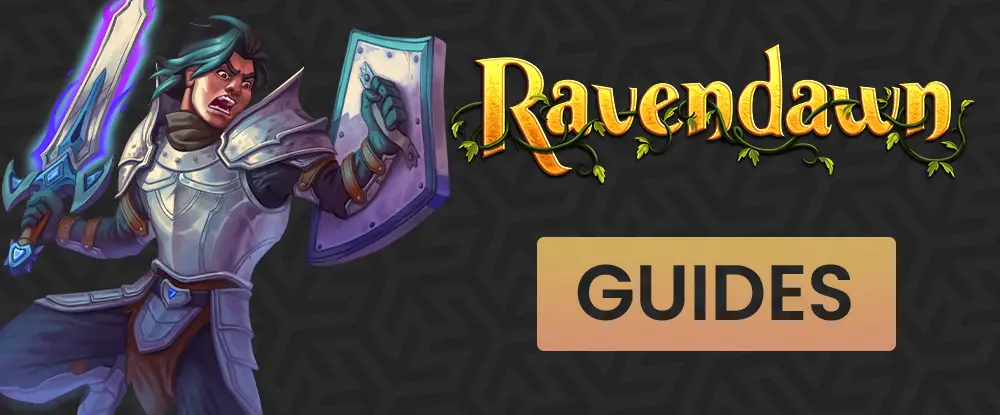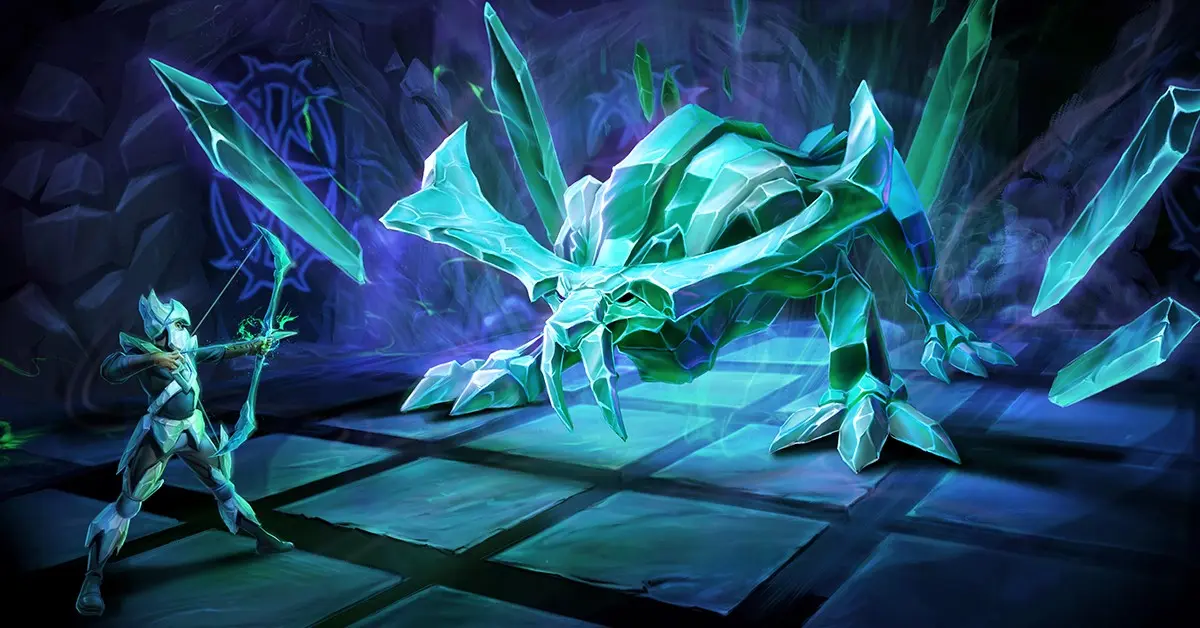The Golden Age of MMORPGs
1. The Realm Online
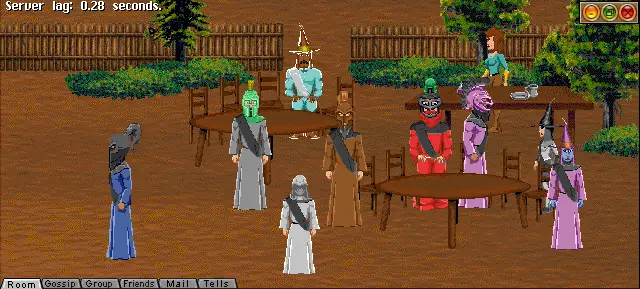
Launched: December 1996
The first-ever visual MMORPG, The Realm Online blends turn-based combat with classic 90s RPG charm. It introduced click-to-move gameplay and instanced battles, which were innovative at the time. It’s a niche title with a dedicated community keeping it alive and now with both a retro server that lets you log in with your old credentials and a new server that is receiving frequent updates to bring The Realm into 2025.
I played this game in 2024 and I must say that, I loved it a lot more than expected. Well worth playing.
2. Meridian 59
Launched: September 1996
Often credited as the first true 3D MMORPG, Meridian 59 was ahead of its time. It introduced real-time PvP, faction-based conflicts, and dynamic NPCs. It’s an important piece of MMORPG history and is still supported by fans today.
Playing this game personally, I found it quite hard to get into due to its retro 3D graphical style. While it’s a very historic game in the genre, I couldn’t quite immerse myself in it the same way I did with the much smoother 2D old-school titles. However, its innovations in early 3D MMORPG design are undeniable, and it’s worth trying for those who appreciate the roots of the MMORPG genre.
3. Tibia
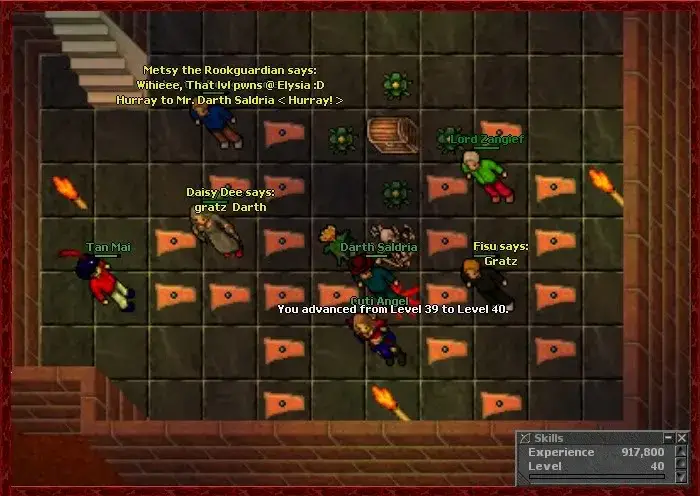
Launched: January 7, 1997
One of the first MMORPGs to feature a completely persistent game world, where player actions, such as placing items or interacting with the environment, had lasting effects. The game was pioneering in unrestricted player interaction, allowing PvP and player-driven economies with minimal interference. Additionally, Tibia introduced one of the first free-to-play and premium account models, a system that later became a standard in the industry.
Tibia is a hardcore 2D MMORPG that remains popular today for its old-school, grind-heavy mechanics and challenging PvE. It has an incredibly loyal community and no hand-holding, making it one of the toughest MMOs still alive.
I was an active Tibia player since 2003, and this is the game that got me into MMORPGs. The player interactions, chatting, and making friends while grinding, leveling, and becoming more powerful made it an unforgettable experience. I spent hours, sometimes days or even months, training skills, and at the time, it was perfect. Tibia truly innovated and pushed the boundaries with major updates, new content, and seasonal events.
The game has changed a lot over the years. Back in my day, it took years to reach level 200, but now we see some players surpassing level 1000. Despite this shift, with nearly 30 years of content to experience, Tibia remains one of the most rewarding MMORPGs. Though it may seem daunting to see players at such high levels, it’s well worth trying, even in 2025.
4. Ultima Online
Launched: September 24, 1997
Ultima Online is widely considered the first true MMORPG as we know them today. It introduced the concept of a persistent online world that functioned with or without you. Its sandbox-style design allowed players unprecedented freedom: you could build homes, tame dragons, become a thief, or run a blacksmith shop. It also popularised full loot PvP and one of the first fully player-driven economies.
What made UO revolutionary was how it blended traditional RPG mechanics with a world that truly felt alive and reactive. Events, politics, and in-game drama were driven entirely by the players themselves. Its fame peaked during the Lord British assassination, a moment that went down in MMO history.
In 2025, Ultima Online is still playable via official servers like Ultima Online: New Legacy (a seasonal experience catering to modern audiences) and multiple fan-run shards that preserve the classic rulesets. It remains a must-try for fans of deep sandbox experiences.
5. Lineage
Launched: September 1998
While Lineage never gained massive popularity in the West, it was a cultural phenomenon in South Korea and helped define MMORPGs in Asia. It pioneered large-scale castle sieges, allowing guilds to clash in epic territory wars that influenced games like Aion, Black Desert Online, and even Albion Online.
Its 2D isometric perspective and grind-heavy progression weren’t for everyone, but its political and economic depth created long-term player investment. The game was also one of the first to lean into PvP as a core gameplay feature, with harsh death penalties and real-world stakes.
Lineage is still operational today, primarily in Korea and Taiwan, with millions of dollars in annual revenue, and its legacy continues through spin-offs like Lineage 2, Lineage M, and Lineage W. It’s a testament to how one game can dominate a region and spawn a lasting franchise.
6. EverQuest
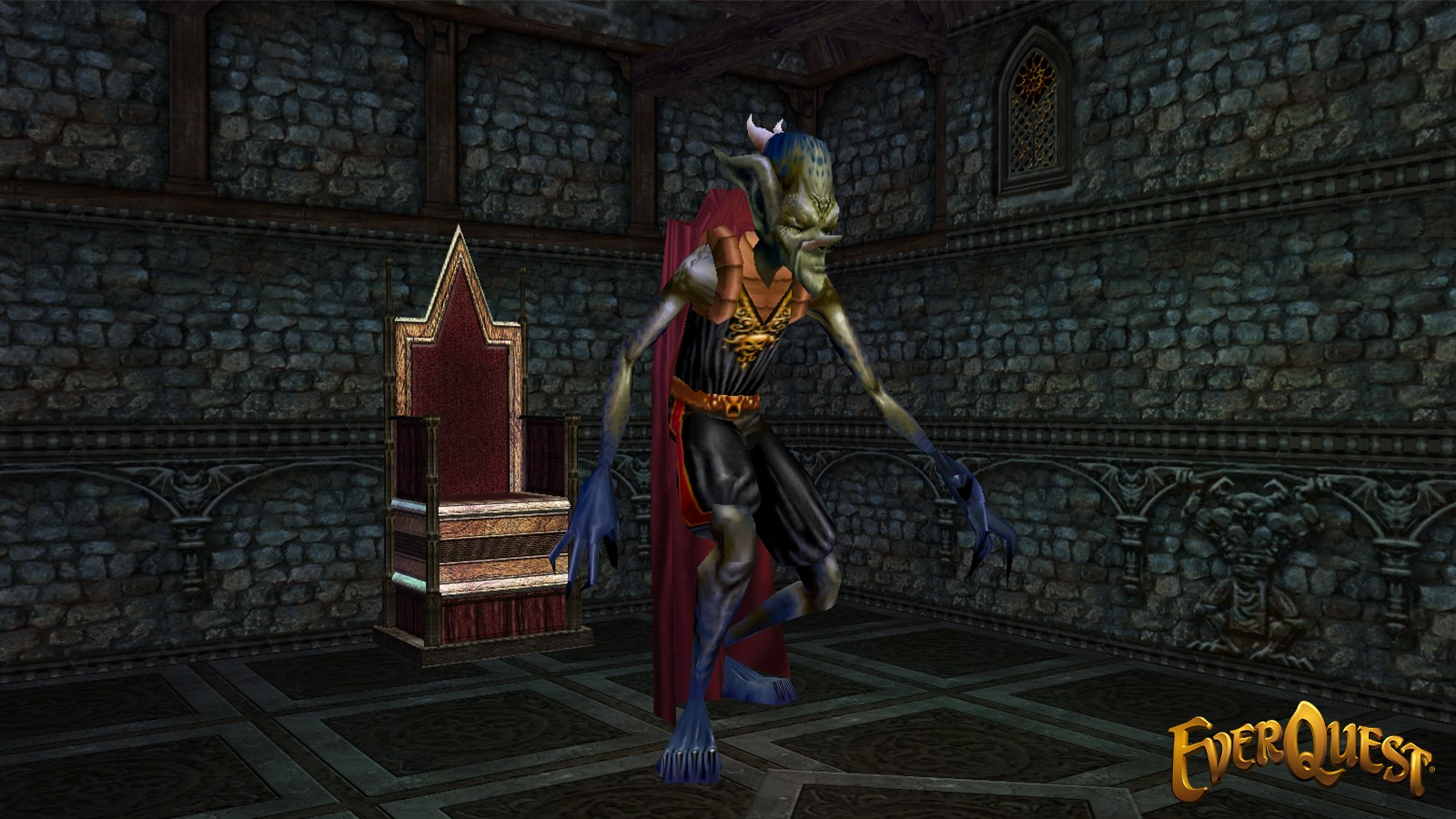
Launched: March 16, 1999
EverQuest didn’t just popularise 3D MMORPGs — it turned the genre into a social experience. With tough PvE content, camped rare spawns, and raid bosses requiring coordinated groups of 40+ players, it became the birthplace of organised guild raiding and endgame progression.
EverQuest introduced many mechanics we now consider standard, including group synergy, class interdependence, and structured dungeons. It also perfected the holy trinity (Tank, Healer, DPS) and encouraged socialisation through its punishing difficulty.
In 2025, EverQuest is still alive through Daybreak Games’ live servers and a thriving community on “Time-Locked Progression” servers that recreate older eras of the game. With over 28 expansions released, it’s one of the longest-running MMOs and still receives regular updates.
7. Final Fantasy XI
Launched: May 16, 2002
Final Fantasy XI was groundbreaking for integrating console and PC players into one seamless MMORPG experience. The game’s intricate job system allowed you to switch classes freely and combine main and sub-jobs for deeper builds, a feature now common in MMOs like Ragnarok Online and Guild Wars 2.
Unlike its successors, FFXI demanded teamwork. Most content required parties, and the community developed its own etiquette for grouping, pulling, and levelling. The game was also one of the first to introduce seamless world transitions with minimal loading screens and zone-based monster scaling.
In 2025, FFXI remains online with a loyal fanbase and limited official support. Although major expansions have ceased, The Voracious Resurgence update arc concluded recently, bringing closure to years of storytelling. There’s also a robust private server scene for those seeking the old-school, party-centric grind.
8. Ragnarok Online
Launched: August 31, 2002
Inspired by Korean manhwa (comics), Ragnarok Online brought a fresh anime aesthetic to MMORPGs at a time when most were focused on realism. Its charm lay in its deceptively simple graphics, deep class system (with multiple rebirths and evolutions), and PvP content via the War of Emperium, a guild-based siege system that was years ahead of its time.
It also introduced a unique card system, where monsters dropped cards that could be socketed into gear, creating endless build combinations and a thriving gear economy.
Ragnarok still has an active community via Ragnarok Origin, Ragnarok Online Revo-Classic, and private servers catering to every version of the game. Its legacy also lives on through many mobile titles and remakes that continue to attract new fans globally.
9. MapleStory
Launched: April 29, 2003
MapleStory defied the expectations of what an MMORPG could be by going full side-scroller. Its 2D, platformer-like world stood out in a genre dominated by isometric or 3D perspectives. Fast-paced combat, flashy skills, and vibrant environments made it incredibly appealing to younger players.
It was also one of the pioneers of the modern free-to-play model. Instead of subscriptions, MapleStory generated revenue through cosmetic items, pets, and experience boosters, a strategy that later became the norm for online games worldwide.
In 2025, MapleStory is still updated regularly by Nexon with new classes, events, and storyline arcs. Despite its age, it retains a dedicated player base and even launched MapleStory Worlds, a sandbox spin-off allowing players to create their own content.
10. Guild Wars
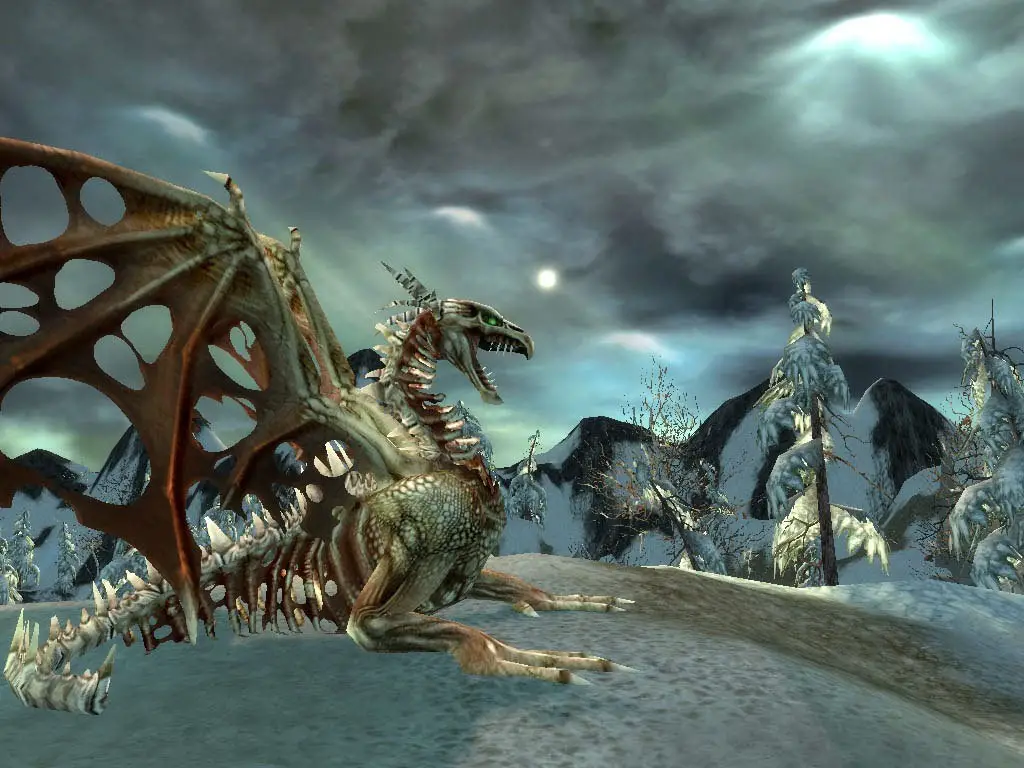
Launched: April 26, 2005
Guild Wars redefined the concept of an MMO by focusing on skill over grind. It had no monthly sub fee and featured fully instanced zones, making it feel more like a hybrid between Diablo and a traditional MMORPG. Its deck-building-style skill system: where you could only bring eight skills into combat, forced players to think tactically and adapt to the encounter.
It also emphasised competitive PvP with modes like Guild vs Guild and Hall of Heroes — long before esports-style PvP was mainstream in MMOs.
Guild Wars is still playable today, with all campaigns and expansions available via a single client. It retains a small but passionate player base, and its sequel Guild Wars 2 continues the legacy of innovation with dynamic events and action combat.
Honorable Mentions
These two titles are among the most popular and iconic MMORPGs of all time. Since they’re already well known, we chose to highlight other classics in the main list, but they still deserve a mention:
RuneScape (January 4, 2001) – Available in two major forms: Old School RuneScape (OSRS), a faithful recreation of the 2007-era game with modern QoL updates, and RuneScape 3, the original version evolved with modern graphics, new skills, and a more narrative-driven experience. RuneScape introduced a unique skill-based levelling system with no fixed classes, allowing players to shape their character however they liked, a design still unmatched in the genre.
World of Warcraft (November 23, 2004) – The game that redefined MMORPGs and brought the genre into the mainstream. It introduced quest-focused progression, instanced dungeons, and streamlined mechanics that set a new standard. Today, players can choose between WoW Retail (the current live version), various eras of WoW Classic, and WoW Hardcore for a permadeath challenge, offering multiple ways to experience the most influential MMO ever made.
Final Thoughts
Old-school MMORPGs still have a place in 2025 for those who enjoy deep progression, social interaction, and challenging gameplay. Whether you’re revisiting your childhood favourites or experiencing these classics for the first time, there’s never been a better time to dive into the world of classic MMORPGs!
Which of these MMORPGs have you played before? Let us know in the comments!





